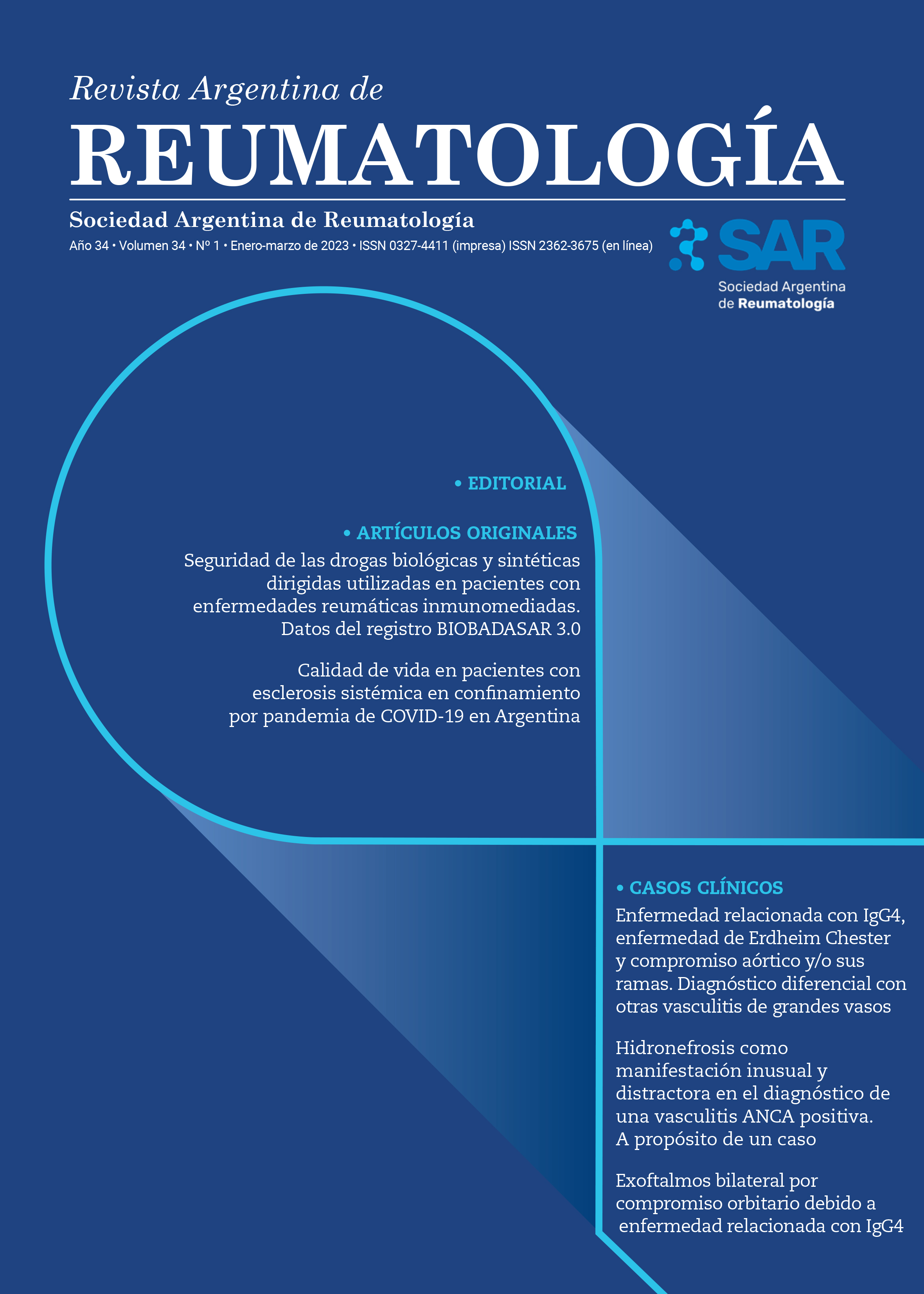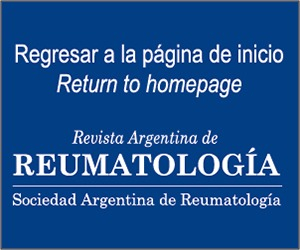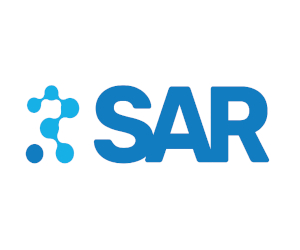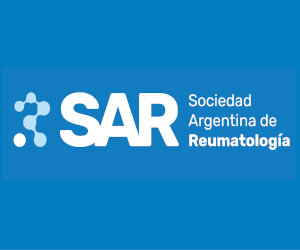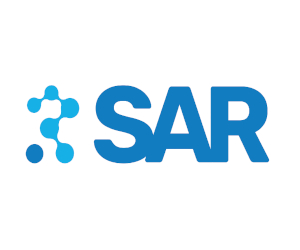IgG4 related disease, Erdheim Chester disease and aortic involvement and/or its branches. Differential diagnosis with other large vessel vasculitis
Abstract
Cardiovascular disease in entities such as Erdheim-Chester (ECD), a rare non-Langerhans cell histiocytosis, and IgG4-related disease (ER-IgG4), an immune-mediated fibrinoinflammatory disease, is highly varied and usually asymptomatic until it progresses to irreversible damage if they are not taken into account. Given the difficulty of performing biopsies by the anatomical site, it is essential to use clinical, demographic or imaging characteristics that can differentiate them from other entities such as large vessel arteritis. Male population, over 60 years of age with involvement of the infrarenal abdominal aorta or aneurysms at the level of the ascending aorta with or without involvement of other organs, are indicative of ER-IgG4; In ECD, the concentric soft tissue covering the aorta (covered aorta) is characteristic, and especially in the presence of retroperitoneal fibrosis, involvement of long bones, hydronephrosis, post-renal acute kidney injury and arterial hypertension, the presence of perirenal fibrotic tissue, thickening of the renal fascia, perirenal adipose tissue (hairy kidney sign).References
I. Levine SM, Hellmann DB. Giant cell arteritis. Curr Opin Rheumatol 2002;14(1):3-10.
II. Weyand CM, Goronzy JJ. Medium- and large-vessel vasculitis. N Engl J Med 2003;349(2):160-169-9.
III. Ceccato F, Paira S. Compromiso de grandes vasos en arteritis de células gigantes. Seminarios de la Fundación Española de Reumatología 2005;(2):53-63.
IV. Kasper D, Fauci A, Hauser S, Longo D, Jameson J, Loscalzo J. Kasper D. Harrison. Principios de Medicina Interna 2016;19e.
V. Goel R, Gribbons KB, Carette S, et al. Derivation of an angiographically based classification system in Takayasu's arteritis: an observational study from India and North America. Rheumatology 2020 (Oxford, England);59(5):1118-1127.
VI. Yamauchi H, Satoh H, Yamashita T, et al. Immunoglobulin G4-related disease of the heart causing aortic regurgitation and heart block. Ann Thorac Surg 2013;95:e151-3.
VII. L Li, Wang Z, Xu P, et al. Cardiac mass, aortic intramural hematoma, and IgG4-related disease: a case report. Ann Vasc Surg 2016;35:208.e5-8.
VIII. Mori K, Yamada K, Konno T, et al. Pericardial involvement in IgG4-related disease. Intern Med 2015;54:1231-5.
IX. Ozawa M, et al. Clinical features of IgG4-related periaortitis/periarteritis based on the analysis of 179 patients with IgG4-related disease: a case control study. Arthritis Res Ther 2017;19: 223.
X. Kasashima S, Kawashima A, Kasashima F, et al. Immunoglobulin G4-related periaortitis complicated by aortic rupture and aortoduodenal fistula after endovascular AAA repair. J Endovasc Ther 2014;21:589-9.
XI. Koo BS, et al. Frequency of immunoglobulin G4-related aortitis in cases with aortic resection and their clinical characteristics compared to other aortitises. Int J Rheum Dis 2014;17(4):420-4.
XII. Perugino CA, et al. Large vessel involvement by IgG4-related disease. Medicine (Baltimore) 2016;95(28):e.3344.
XIII. Stone R, et al. Aortitis, periaortitis, and retroperitoneal fibrosis, as manifestations of IgG4-related systemic disease. Curr Opin Rheumatol 2011;23(1):88-94.
XIV. Mizushima I, Kasashima S, Fujinaga Y, et al. Clinical and pathological characteristics of IgG4-Related periaortitis/periarteritis and retroperitoneal fibrosis diagnosed based on experts' diagnosis. Ann Vasc Dis 2019;12(4):460-472.
XV. Haroche J, Cohen-Aubart F, Amoura Z. Erdheim-Chester disease. Blood 2020;135(16):1311-1318.
XVI. Reibaldi A, Sager L, Calvo R, Calvo R, Gallo J, Ortiz A, Roverano S, Baena D, Caeiro F, Robai G, Paira S. Enfermedad de Erdheim-Chester. Serie de 19 casos y un diagnóstico diferencial de relevancia. Rev Argent Reumatol 2020;31(2):31-36.
XVII. Haroche J, Amoura Z, Dion E, et al. Cardiovascular involvement, an overlooked feature of Erdheim-Chester disease: report of 6 new cases and a literature review. Medicine (Baltimore) 2004;83(6):371-392.
XVIII. Haroche J, Cluzel P, Toledano D, et al. Images in cardiovascular medicine. Cardiac involvement in Erdheim-Chester disease: magnetic resonance and computed tomographic scan imaging in a monocentric series of 37 patients. Circulation 2009;119(25):e597-e598.
XIX. Haroche J, Arnaud L, Cohen-Aubart F, et al. Enfermedad de Erdheim-Chester. Curr Rheumatol Rep 2014;16(4):412.
XX. Villatoro-Villar M. Arterial involvement in Erdheim-Chester disease A retrospective cohort study. Medicine (Baltimore) 2018;97(49):e13452.
XXI. Diamond EL, Dagna L, Hyman DM, et al. Consensus guidelines for the diagnosis and clinical management of Erdheim-Chester disease. Blood 2014;124(4):483-492.
Copyright (c) 2023 on behalf of the authors. Reproduction rights: Argentine Society of Rheumatology

This work is licensed under a Creative Commons Attribution-NonCommercial-NoDerivatives 4.0 International License.

